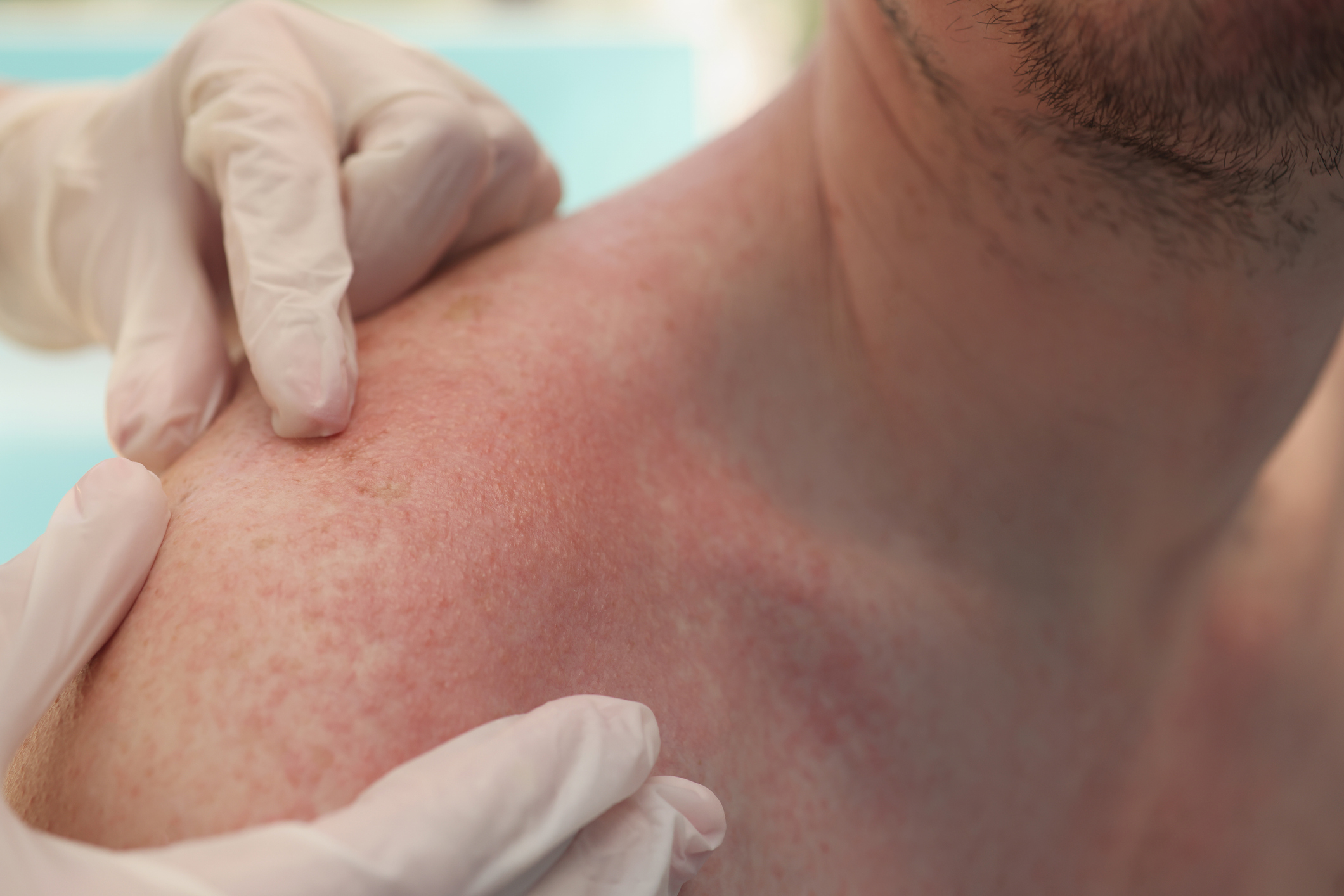Australians currently suffer from restricted access to effective photosensitivity therapies, which takes a toll on their quality of life.
A new drug appears to give patients with light sensitivity more time between exposure and prodromal symptoms, prompting hopes for patients with these challenging conditions.
Daily use of the oral selective melanocortin-1 agonist dersimelagon led to a 40% reduction in symptoms in patients with X-linked and erythropoietic protoporphyria (EPP) compared with a placebo, according to new research in the NEJM.
But the drug has yet to be approved in Australia, Europe or the US.
There are currently no effective therapies for pain in Australians with protoporphyrias, and patients have to rely on avoiding the sunlight, said Associate Professor Gayle Ross, Melbourne-based dermatologist with an interest in photosensitivity conditions.
“The patients have a really hard time because they have to avoid the sun as they experience severe episodes of pain, which is very difficult to treat. So it goes along with poor quality of life”, she told The Medical Republic.
Now a new phase II study of 91 adults with these conditions has found four months of treatment with dersimelagon led to less pain and inflammation associated photosensitivity, regardless of their baseline erythrocyte protoporphyrin levels.
Patients were randomly assigned to receive a once daily pill of either 100mg or 300mg dersimelagon or a placebo, and assessed for the prodromal symptoms such as tingling, itching, and burning that serve as warning signs to limit sun exposure.
Patients taking the medication had 40% fewer symptom episodes than those in the placebo group, regardless of the dosage. They were also able to tolerate longer exposure to sunlight, with a 54-minute boost in the 100mg group and 63-minute boost in the 300mg group.
Researchers chose to assess prodromal symptoms to avoid severe phototoxicity in the patients, and because it better reflected light-avoidance behaviour.
Patients benefitted from the drug, regardless of their Fitzpatrick skin types, the authors found.
Those taking the medication also rated their quality of life higher than patients in the placebo group, with the 100mg dose linked to a 3.5-point improvement on the PGI-C scale and 3.8-point bump in the 300mg group.
“The most frequently reported events were nausea (occurring in 12% of the patients in the placebo group, 15% of the patients in the 100mg dersimelagon group, and 46% of the patients in the 300mg dersimelagon group), freckles (0%, 15% and 31%), headache (18%, 18% and 29%), and skin hyperpigmentation (0%, 9% and 31%)”, the authors wrote, adding that there were no significant nevi findings at the study’s conclusion.
Dersimelagon seemed to enhance melanin-associated photoprotection significantly. In the 100mg dersimelagon group, the difference in the percentage change of melanin density from baseline to week 16 was 40% higher than the placebo. Similarly, in the 300mg dersimelagon group, it was 47% higher.
Erythrocyte protoporphyrin levels in the two dersimelagon groups were similar to those in the placebo group and did not change over the course of the trial.
“Both dersimelagon doses were effective and had acceptable side-effect profiles, without hepatic toxic effects. However, dose-dependent increases in the frequency of treatment-related effects on the skin, subcutaneous tissue and gastrointestinal tract suggest that a dose of less than 300mg could be used in a subsequent phase III trial”, the authors wrote in the NEJM.
“Once-daily oral dosing would provide an alternative to subcutaneously implanted afamelanotide, although the comparison would be best made in a clinical trial.”
Currently, the subcutaneously administered implant afamelanotide (Scenesse, Clinuvel Pharmaceuticals) is the only treatment available and approved in Australia, the US and European Union. However, Professor Ross said Australian patients don’t have widespread access to the treatment.
“While it’s TGA approved in Australia, we don’t have PBS access, and it’s too expensive. So it’s just been something that our patients haven’t been able to experience despite it being available elsewhere around the world”, she told The Medical Republic.
Professor Ross said she would like more awareness about the commonly misdiagnosed disease, so that immediate referrals to dermatologists could be made.
“[It] often gets misdiagnosed as sunscreen allergy, or called all sorts of different things before it gets diagnosed. If [GPs] come across a patient who experiences severe pain when they go in the sun, send them to a dermatologist.”
The Royal Melbourne Hospital is currently conducting a phase II trial exploring bitopertin (Disc Medicine), a glycine reuptake inhibitor which functions in a different pathway compared to the presently described melanocortin receptor agonists.
NEJM 2023 , online April 13


